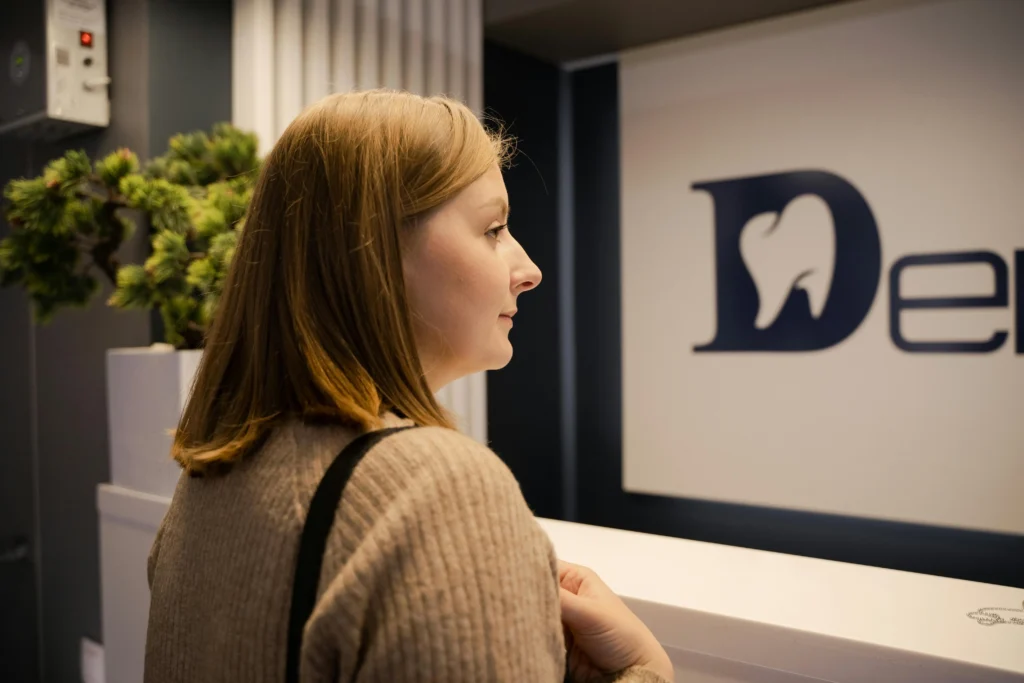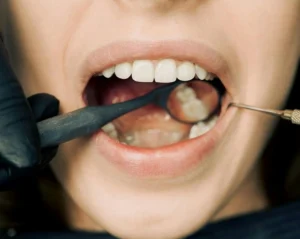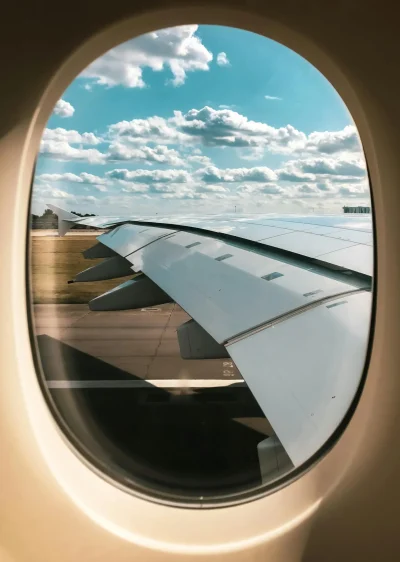As dental care costs continue to rise in the United States, many Americans are exploring alternatives abroad. Dental tourism, the practice of traveling to another country for dental treatments, has become an attractive option for those seeking high-quality care at a fraction of the price. But is it truly worth the effort and expense?
For some, dental tourism offers a pathway to affordable care that would otherwise be out of reach. For others, concerns about quality, safety, and the logistics of traveling for medical treatment can be daunting. Whether you’re considering a simple cleaning or a full smile makeover, understanding the pros and cons is essential.
In this blog, we’ll dive into the key aspects of dental tourism for Americans, including cost comparisons, quality of care abroad, potential risks, and how to determine if this option is right for you. By the end, you’ll have the insights needed to make an informed decision about your dental health and finances.
Why Is Dental Care So Expensive in the U.S.?
The United States is known for its advanced medical system, but it’s also one of the most expensive. Dental care is no exception. Factors such as cutting-edge technology, high overhead costs, and a fee-for-service model drive up prices, leaving many Americans struggling to afford routine or complex procedures. Even with insurance, patients often face significant out-of-pocket expenses.
How Does Dental Tourism Save Money?
Traveling abroad for dental care can yield substantial savings. Countries like Mexico, Colombia, and Türkiye provide top-tier services at a fraction of U.S. prices. Here’s why:
- Lower Overhead Costs: Clinics abroad benefit from reduced labor and operational expenses.
- Favorable Currency Exchange: The strength of the U.S. dollar makes international treatments even more affordable.
- All-Inclusive Packages: Many clinics offer bundled prices that cover consultations, x-rays, and follow-ups.
For example, a single dental implant in the U.S. can cost $3,000–$5,000, while the same procedure in Colombia ranges from $800–$1,500.
Quality of Care: How Do Clinics Abroad Compare?
One of the biggest concerns for Americans considering dental tourism is the quality of care. Fortunately, many international clinics meet or exceed the standards found in the U.S. Key factors include:
- Accredited Professionals: Dentists often hold advanced degrees and certifications from respected institutions.
- State-of-the-Art Facilities: Clinics are equipped with modern technology and adhere to strict hygiene protocols.
- Patient-Centric Care: Smaller practices can provide more personalized attention and shorter wait times.
Always research a clinic’s reputation through reviews, accreditations, and recommendations to ensure top-notch care.
Interested in learning more about dentists abroad? Check out our blog Are Dentists Abroad as Qualified as Those in My Home Country?
Travel Costs and Logistics
While dental treatments abroad are often cheaper, travel-related expenses can add up. Consider the following:
- Flights: Airfare costs depend on the destination and time of booking.
- Accommodation: Budget-friendly options like hotels or vacation rentals are widely available.
- Time Off: Complex procedures may require multiple visits, affecting work schedules.
Despite these additional costs, many patients find that dental tourism remains a cost-effective solution.
Wondering how to begin financially planning your next dental trip? Check out our blog: How to Budget for Your Dental Travel Journey
Risks to Consider
While the savings are enticing, dental tourism has potential risks:
- Follow-Up Care: Complications may require returning to the clinic, increasing travel costs.
- Language Barriers: Communication challenges could affect treatment outcomes.
- Regulatory Differences: Standards and practices may vary, so choose accredited clinics carefully.
Why Colombia Stands Out for Dental Tourism
Colombia is rapidly gaining recognition as a premier destination for dental tourism. Here’s why:
- Highly Skilled Dentists: Many professionals are internationally trained and fluent in English.
- Modern Clinics: Equipped with advanced technology, these clinics ensure safe and effective treatments.
- Proximity to the U.S.: Short flights and direct routes make travel convenient.
Additionally, Colombia’s rich culture and breathtaking landscapes offer a unique opportunity to combine dental care with a memorable vacation.
Is Dental Tourism Right for You?
Before deciding, consider these factors:
- Your Treatment Needs: Extensive procedures may justify the travel costs, while minor treatments might not.
- Budget: Calculate the total expenses, including travel and accommodations.
- Comfort Level: Assess your ability to navigate a foreign healthcare system.
Final Thoughts
For many Americans, dental tourism offers an affordable alternative to expensive treatments at home. By researching clinics, planning logistics, and weighing the pros and cons, you can make an informed decision that suits your dental and financial needs.
Ready to explore your options? Contact Aleriom for expert guidance on high-quality dental care in Colombia and start your journey to a healthier smile today!








